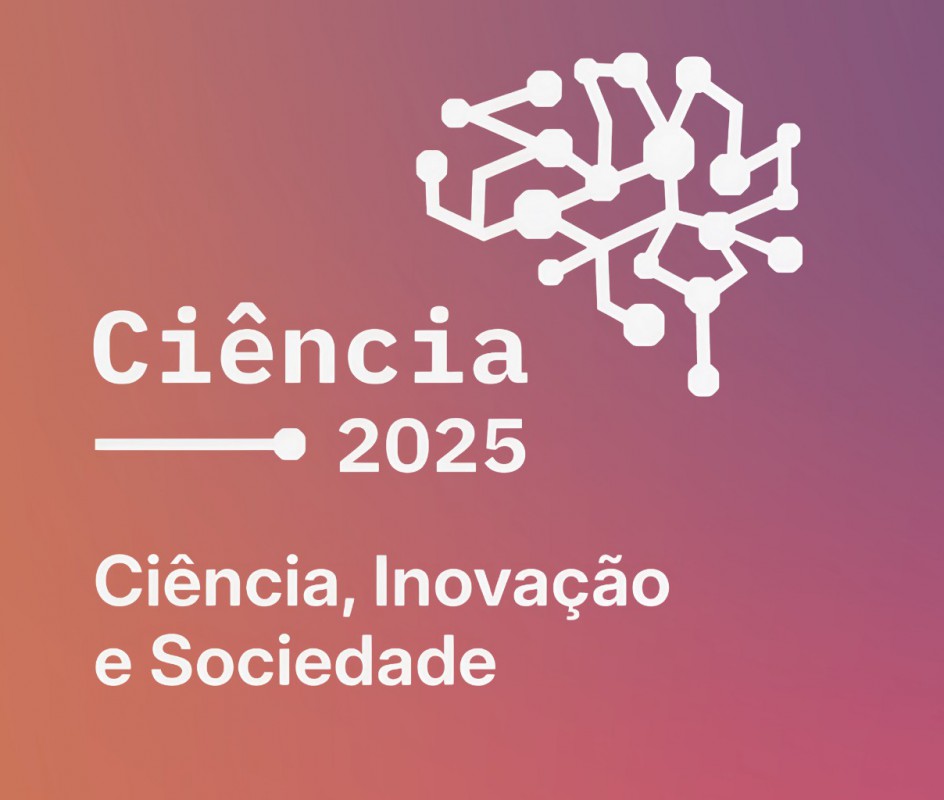
It is an excellent cement for bone regeneration, and in particular, very effective in regeneration of fractured vertebrae caused by, for example, osteoporosis or accidents. The guarantee is given by a team of researchers from CICECO/University of Aveiro (UA) that by combining for the first time, strontium, manganese and a 'pinch' of sugar to the usual ingredients, not only greatly improved the biological cement performance, but also enhance the respective mechanical properties.
"The presence of the combination of manganese and strontium and the use of sucrose [one of the types of sugar, for example, in almost every food] in such cements are two innovations ", said Paula Torres, a researcher at the Department of Materials and Ceramics Engineering (DEMaC) who developed this innovative material.
The combination of manganese, strontium and sugar, explain Paula Torres “not only greatly improve the biological performance such as the adhesion and growth of osteoblast cells [bone cells] on the cement surface, but also increase the handling time, providing an excellent injectability and significantly improved mechanical properties.” Factors that make this cement "very promising for bone regeneration and tissue engineering and particularly in the repair fractured vertebrae (vertebroplasty)."
To this end, the bone cement, among other particularities, must have a certain viscosity in order to be handled and injected through a syringe needle, an appropriate curing rate to a surgical procedure, a mechanical strength comparable to bone, and enhance the rapid growth of new bone. Requirements that today's bone cements do not totally fulfill.
Ideal for vertebroplasty
 It was precisely thinking on vertebroplasty - a medical procedure that aims to treat spinal fractures through bone cement injection into the fractured vertebrae – that Paula Torres initiated, five years ago in the scope of her PhD in Materials Science and Engineering, the research to create a cement with properties that did not exist so far.
It was precisely thinking on vertebroplasty - a medical procedure that aims to treat spinal fractures through bone cement injection into the fractured vertebrae – that Paula Torres initiated, five years ago in the scope of her PhD in Materials Science and Engineering, the research to create a cement with properties that did not exist so far.
The PhD was conducted under the supervision of José M. F. Ferreira and Susana Olhero, both of DEMaC and CICECO - Aveiro Institute of Materials. The work had the collaboration of a wide multidisciplinary research team, including researchers from the UA, including, Odete Cruz and Sandra Vieira (Department of Biomedical Sciences and iBiMED), António Calado (Department of Biology and GeoBioTec), Sónia Gouveia (IEETA and CIDMA) and other national institutions, such as João Abrantes (CICECO, UIDM / ESTG the polytechnic Institute of Viana do Castelo) and Robert Mathys Stiftung Foundation (Switzerland), with the researchers Marc Bohner and Nicola Döbelin.
The results obtained during the various phases of the study culminated in obtaining a cement with very promising general properties. Based on these results, welcomes Paula Torres, "it can be concluded that the initially set objectives have been achieved with a relatively high degree of satisfaction." The next phase, says the researcher, is to take the cement for in vivo tests.
Related Articles
We use cookies for marketing activities and to offer you a better experience. By clicking “Accept Cookies” you agree with our cookie policy. Read about how we use cookies by clicking "Privacy and Cookie Policy".













